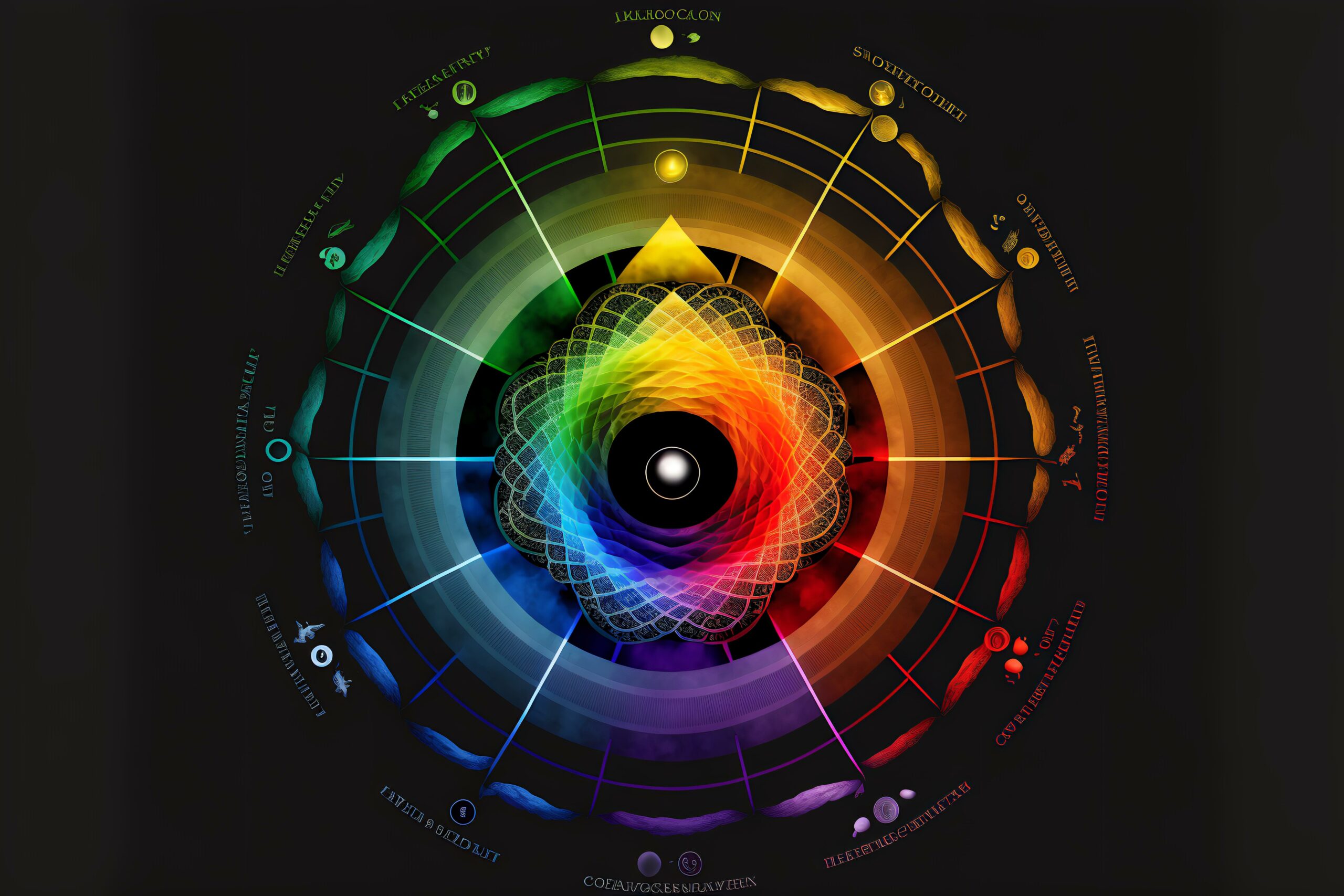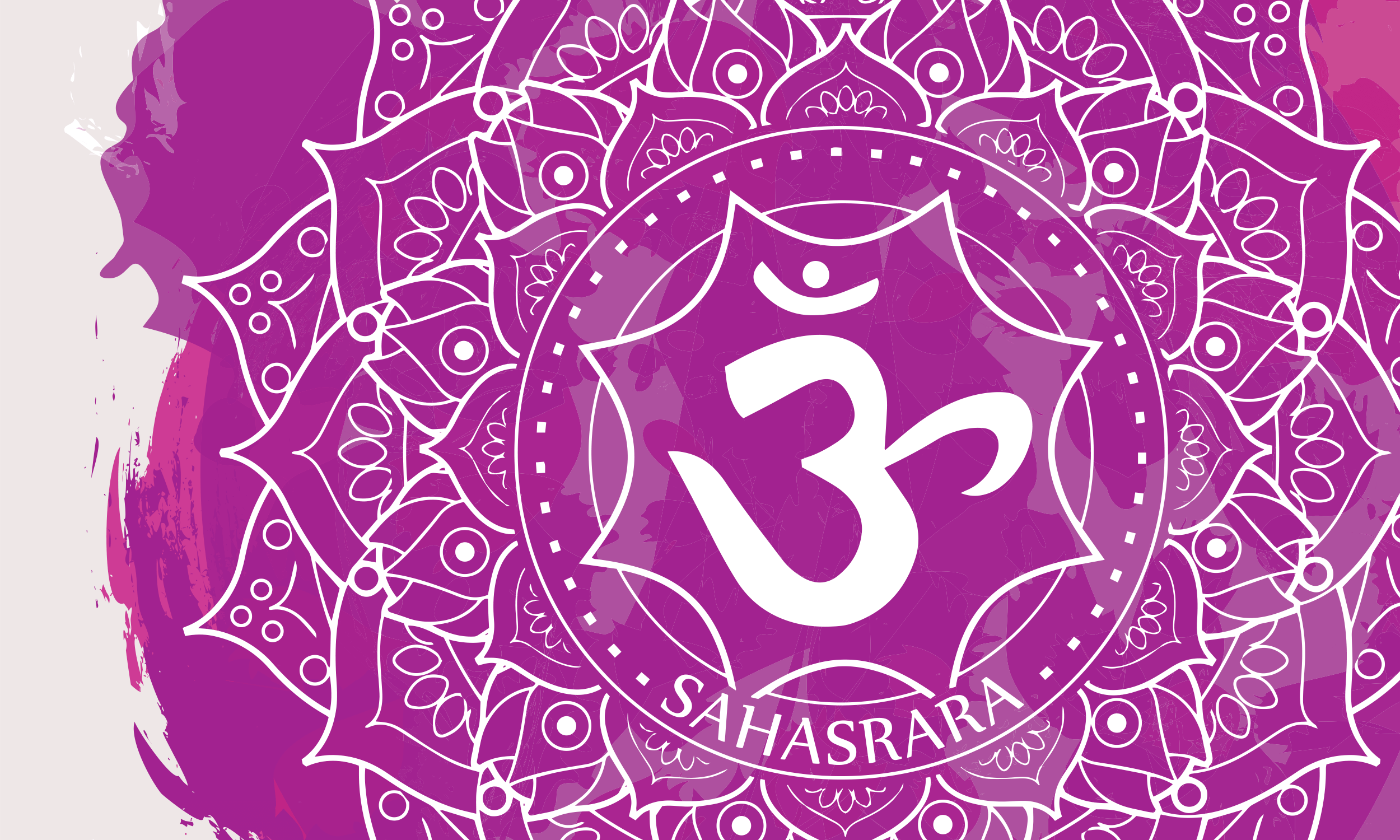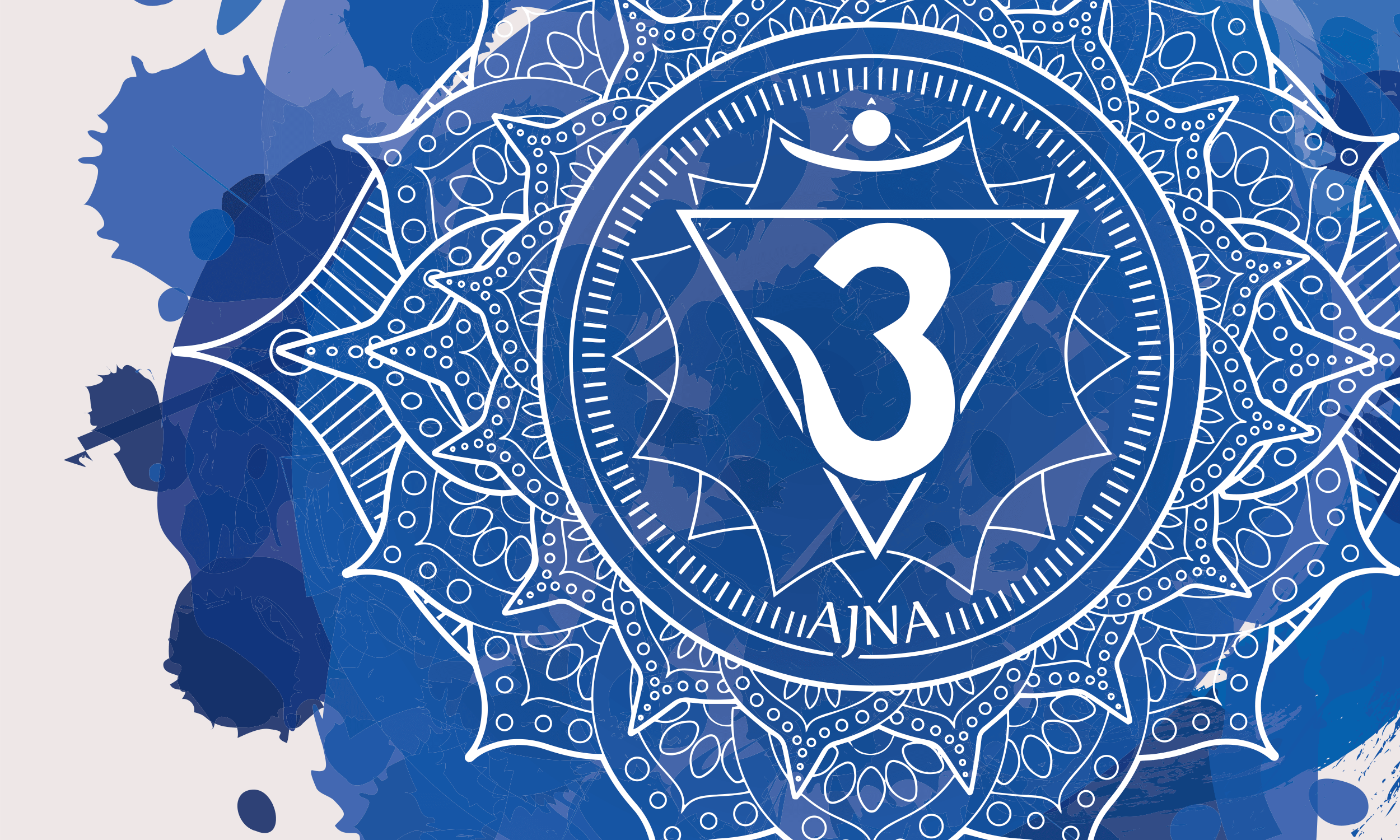The chakra system, an ancient paradigm for understanding energy flow within the human body, offers valuable insights into the emotional, spiritual, and physical aspects of our existence. Stemming from the Sanskrit word “Chakra,” meaning “wheel” or “energy vortex,” this system serves as a pathway for navigating life’s intricacies. With a deeper grasp of the chakra system, we can tap into the potential for more harmonious and fulfilling living.
The Energetic Anatomy of Humans
Besides the tangible physical components such as bones, skin, muscles, organs, nerves, blood vessels, and veins, humans possess an intricate system of energy. This energy framework comprises prana (the life force), the aura (the energy field encompassing the body), chakras (energy hubs), and nadis (subtle energy paths).
Life Force Energy – Prana Prana, an ancient Sanskrit term, represents the vital energy that sustains all forms of life. For thousands of years, practitioners of yoga have harnessed and increased their awareness of prana through activities such as asanas (yoga positions), pranayama (regulated breathing), mantras (sacred chants), and meditation.
The Biofield – Aura The aura, a luminescent energy field that envelops all living entities, emanates from the energy of our chakras. Our mental and emotional resonances inhabit the aura. It comprises vibrant strands of sounds, lights, and vibrations that provide a snapshot of our physical, emotional, mental, and spiritual wellness, as well as insights into our past, present, and future. The aura’s dimensions, form, and colors largely reflect the health of our mind, body, and spirit.
Energy Concentrations – Chakras The chakras serve as focal points of energy both within and surrounding our bodies, playing critical roles in maintaining health and fostering higher consciousness.
Subtle Energy Pathways – Nadis Nadis, a term in Sanskrit meaning “tube” or “flow,” are imperceptible energy conduits that transport prana throughout the body. Chakras draw in and radiate energy throughout the body via the nadis. The body contains an uncountable number of nadis, with 17 of particular significance, including the three principal ones—ida, pingala, and Sushumna. Chakras are seen as intersections where numerous nadis congregate, thereby generating potent energy spirals.
Each chakra corresponds to specific emotional and spiritual attributes. The system operates on two poles:
Left:
(Feminine, Receptive) This side correlates with the sympathetic nervous system, which controls our fight-or-flight response. Our bodies react similarly to both a predatory bear attack and a heated argument with a coworker, releasing hormones that ready us for action.
Right:
(Masculine, Giving): The right side is linked with the parasympathetic nervous system, responsible for the body’s rest and digestion phase. Here, healing occurs.
The Origin and Evolution of the Chakra System
The concept of chakras, often represented as lotus flowers, originated in India between 1500 and 500 BC. Recorded in the ancient Vedas, the chakra system has Hindu, Buddhist, and Tantric roots. However, it was also outlined in ancient Egyptian culture.
Over time, the chakra system has been interpreted in numerous ways. Hindu Tantra Yoga systems generally identify six or seven chakras along the spine, while Tibetan Buddhist Tantra Yoga system highlights five chakras. An Ancient Egyptian system identifies as many as 13 chakras both within and outside the body.
Eastern Knowledge Meets Western Thought
Russian mystic Madame Blavatsky, co-founder of the Theosophical Society, played a key role in introducing chakra teachings to the west. Since then, countless western healers, authors, and clairvoyants have studied, developed, and published works on chakras, contributing to its growth and evolution.
Chakras in the Modern Age
In 2023, the chakra system continues to evolve in line with our collective consciousness. The advanced 13 Chakra System, for instance, signifies the integration of our higher self within our physical bodies.
Understanding Chakra States
Open:
An open chakra signifies a free flow of energy, while a closed one implies avoidance of activities and thoughts connected to that particular chakra. Closing chakras often results from fear, denial, emotional baggage, or physical health issues.
Closed:
If a chakra is closed, it may imply that you are consciously or subconsciously avoiding the activities and thoughts associated with it. This closure can stem from fear, denial of the chakra’s associated energy, emotional distress, physical ailments, or illnesses.
Blocked:
A blocked chakra represents an obstruction preventing full expression. This could be due to energy flow disruption or negative thoughts or feelings. Blockages may also occur due to influences from others’ perceptions. These blockages usually result from a closed root and/or crown chakra, not something inherent in the chakra itself. A blocked chakra is like an energy dam, releasing it — as done in Reiki practice — restores harmony and rectifies imbalances.
Overactive:
An overactive chakra suggests excessive focus on one area of your life, often at the expense of others. Sustained overactivity might result in physical manifestations of this excess energy, potentially leading to illness.
Chakra Health and Healing
Balanced chakras facilitate the free flow of life force energy, promoting overall health and vitality. Imbalances or blockages can be caused by unprocessed emotions, negative belief systems, physical trauma, poor diet, environmental toxins, or stagnant energy over time. These imbalances can be manifested as overactive (excessive) or under-active (blocked or closed) chakras.
A variety of tools can help heal and balance chakras, including:
- Emotional processing and mindfulness
- Journaling
- Intention-setting
- Pranayama and Yoga Asanas
- Meditation, Mudras, and Visualization
- Color, Crystal, and Sound Healing
- Reiki and Energy Healing
- Aromatherapy and essential oils
- Healthy eating aligned with each chakra’s vibrational frequency
The 7 Chakra System
The seven chakra system is a spiritual concept originating from ancient Indian traditions, which posits that seven major energy centers exist within the human body. These chakras, each associated with specific physical, emotional, and spiritual attributes, are believed to regulate all parts of our bodily system, influencing everything from emotional responses to resistance to disease. Balancing these chakras is considered crucial for maintaining health and peace of mind, as well as for personal and spiritual development.

Root Chakra
Muladhara
The first chakra, located at the base of the spine, is associated with the color red. It’s tied to our survival instincts, our sense of grounding, and our connection to the physical world.
Sacral Chakra
Svadhisthana
The second chakra, located in the lower abdomen, corresponds to the color orange. It governs our creativity, sexual energy, and ability to accept new experiences.
Solar Plexus Chakra
Manipura
The third chakra, located in the upper abdomen, aligns with the color yellow. It influences our personal power, self-esteem, and assertiveness.
Heart Chakra
Anahata
The fourth chakra, located at the heart, is represented by the color green. It’s linked to our capacity for love, compassion, and forgiveness.
Throat Chakra
Vishuddha
The fifth chakra, located in the throat, aligns with the color blue. It pertains to our communication abilities and our propensity to speak our personal truth.
Third Eye Chakra
Ajna
The sixth chakra, located on the forehead between the eyes, corresponds to the color indigo. It relates to our intuition, imagination, and wisdom.
Crown Chakra
Sahasrara
The seventh chakra, located at the top of the head, is associated with the color violet or white. It represents our spiritual connection and enlightenment.
The 13 Chakra System
The 13 Chakra System is an expanded concept of the traditional seven chakra model, acknowledging additional energy centers that extend beyond the physical body into the cosmos and the Earth. This system includes the original seven chakras and introduces six more, the transpersonal chakras, believed to align us with higher frequencies and dimensions, thus facilitating a deeper connection with the spiritual realm and the Earth. The 13 Chakra System is seen as a pathway to higher consciousness and spiritual awakening, particularly relevant in the age of the New Earth.
Unlike the traditional chakras, transpersonal chakras are not physical entities. Instead, they serve as dimensional gateways to higher realms of existence. Engaging with these chakras can enhance our personal spiritual awakening, contribute to the ascension of the planet, and benefit all beings. When we activate these transpersonal chakras, we illuminate the Earth’s energy grid, or ley lines, reflecting our unity with Mother Earth.

The Six Transpersonal Chakras in the 13 Chakra System:
Gaia Gateway
Situated beneath the Earth Star, the Gaia Gateway Chakra represents our connection to the Earth’s core and the wider universe. It is through this chakra that we can access the healing energy of Gaia, the spirit of the Earth.
Earth Star
Located about two feet below the feet, the Earth Star Chakrat connects us with the Earth and grounds our energy.
Soul Star
Positioned above the Crown Chakra, the Soul Star Chakra is often referred to as the seat of the soul. It is the gateway to our higher self and spiritual realms, and it is where our spiritual abilities and potentials become stimulated.
Stellar Gateway
Located above the Soul Star, the Stellar Gateway Chakra is our connection to the cosmos and higher dimensions of consciousness. It is through this chakra that we can access and integrate higher frequencies of light.
Universal Gateway
Positioned above the Stellar Gateway, the Universal Gateway Chakra connects us to the wider universe and the divine white light of all existence. It is here that we begin to understand our place in the universe and our interconnectedness with all life forms.
Cosmic Gateway
Situated above the Universal Gateway, the Cosmic Gateway Chakra is the final point of the 13 Chakra System. It is the gateway to the cosmos and the divine consciousness, connecting us to the entire universe and beyond.
Accessing these transpersonal chakras begins with the human heart and is facilitated through meditation and intention. Some individuals may find that their connection is enhanced through breathwork, while others may use tools such as crystals, mantras, Reiki, or sacred geometric symbols like the Merkabah. The key is to start from a place of heart-centered awareness, elevate your vibration in the manner that suits you best, and then consciously explore the transpersonal chakras with your mind. It’s important to note that you don’t need to leave your physical body to access these chakras. Staying grounded to the Earth, being present in your body, and maintaining heart-centered awareness can optimize your connection to them.



